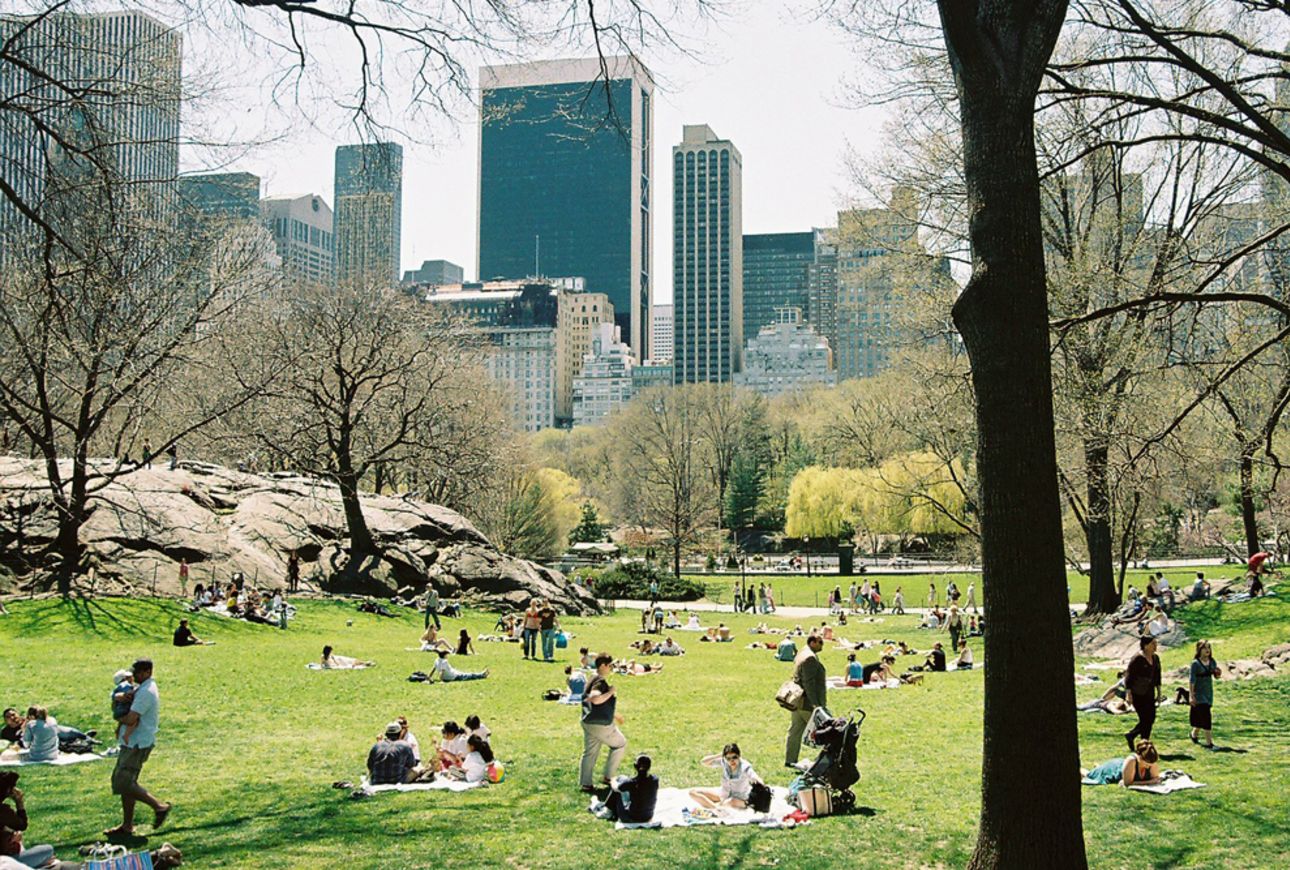Urbanization engulfs our lives, encasing cities in a concrete embrace. But within this urban milieu, there lies a realm of wonder waiting to be uncovered—the elusive yet enchanting experience of urban nature. As burgeoning cityscapes rise, the juxtaposition of flora and fauna against bustling streets is not just a phenomenon; it is a call to the younger generation to reconnect with the natural world. The following exploration invites you to delve into the rich tapestry of urban nature, illuminating its myriad facets while inspiring a renewed sense of appreciation and activism for the environment.
The Hidden Biodiversity of Cityscapes
Despite the seemingly monochromatic environment of a city, hidden biodiversity thrives beneath the surface. Parks, green roofs, street trees, and even tiny patches of grass offer sanctuaries for various species, from squirrels to songbirds. Indeed, urban areas can support biodiversity as effectively as rural regions, although it often requires a discerning eye to spot it. Young urban dwellers should consider taking a moment to observe their surroundings, engaging in a practice called “bioblitzing” where they document different species in their locale. Such activities not only foster a sense of wonder but also contribute valuable data to local environmental efforts.
The Transformative Power of Green Spaces
As guardians of mental health, urban green spaces cannot be overlooked. Recent studies have showcased a direct correlation between access to nature and improved psychological well-being. For a younger audience grappling with the pressures of modern life, parks and gardens act as essential oases of tranquility. Just imagine sipping coffee surrounded by verdant trees, or partaking in community yoga sessions under a canopy of leafy branches. These spots become vital for social interaction, promoting community spirit while simultaneously offering refuge from the hectic pace of urban life.
Community Engagement through Urban Gardening
Urban gardening has emerged as a transformative movement, fostering both ecological sustainability and community ties. Young individuals are increasingly transforming vacant lots into flourishing gardens, where food is cultivated not just for sustenance but also for social activism. The act of growing food in empty spaces fosters a sense of empowerment and immediacy, connecting individuals directly with the life cycles of their sustenance. Engaging in urban gardening instills a profound understanding of interdependence—knowledge that becomes paramount in fostering a responsible stewardship towards our shared environment.
The Symphony of Urban Wildlife
Nature has an uncanny ability to adapt, and urban wildlife is a testament to this resilience. The flurry of activity among city-dwelling animals often goes unnoticed. From the slick movements of raccoons scavenging waste bins to the concert of cicadas serenading summer evenings, the urban wildlife experience is as rich and complex as any rural habitat. Young explorers can partake in citizen science projects, such as bird counting or monitoring local species. These initiatives not only enrich personal experience but contribute to a growing body of research bridging urban ecology and conservation.
The Role of Technology in Urban Nature Experiences
The modern age blesses us with technology that enhances our interactions with urban nature. Numerous applications allow users to identify plants and animals, track their local biodiversity, or even contribute photos to scientific databases. For the digitally native youth, employing technology can create a gateway to understanding and preserving urban ecosystems. Virtual reality experiences and nature-based video games are also redefining how we appreciate the outdoors, fostering empathy towards the environment and inspiring conservation efforts.
The Aesthetic Experience of Urban Nature
Beyond ecological significance, urban nature possesses a profound aesthetic dimension. The juxtaposition of skyscrapers entwined with climbing ivy or colorful wildflowers erupting through cracked pavement encapsulates the beauty of resilience and life amidst adversity. Young artists and creators can draw inspiration from these astonishing visuals, channeling urban nature into photography, painting, or digital art. The artistic portrayal of urban ecosystems serves as a potent reminder of nature’s persistence and can ignite passion in others to cherish and protect these spaces.
Education and Activism in Urban Settings
Education plays an instrumental role in shaping perceptions of urban nature. Many organizations and institutions are now providing workshops, field trips, and volunteer opportunities aimed at immersing youth in the nuances of urban ecosystems. Armed with knowledge, today’s generation can advocate for sustainable practices, push for urban development that prioritizes green spaces, and mobilize their communities around environmental initiatives. Activism rooted in local ecology not only fosters environmental stewardship but also empowers young activists to become meaningful participants in the global environmental dialogue.
Conclusion: Your Call to Action
The experience of urban nature is not just a passive observation; it demands active engagement. Whether it’s volunteering for local conservation projects, participating in community gardening, or simply taking a stroll through a nearby park, there are countless avenues for involvement. For the savvy and socially conscious youth, the urban nature experience represents an opportunity to redefine the narratives surrounding urban habitats, paving the way for a greener, more inclusive future. Now, more than ever, you hold the power to influence and inspire. Will you heed the call and become a champion for urban nature? The adventure awaits.









Leave a Comment